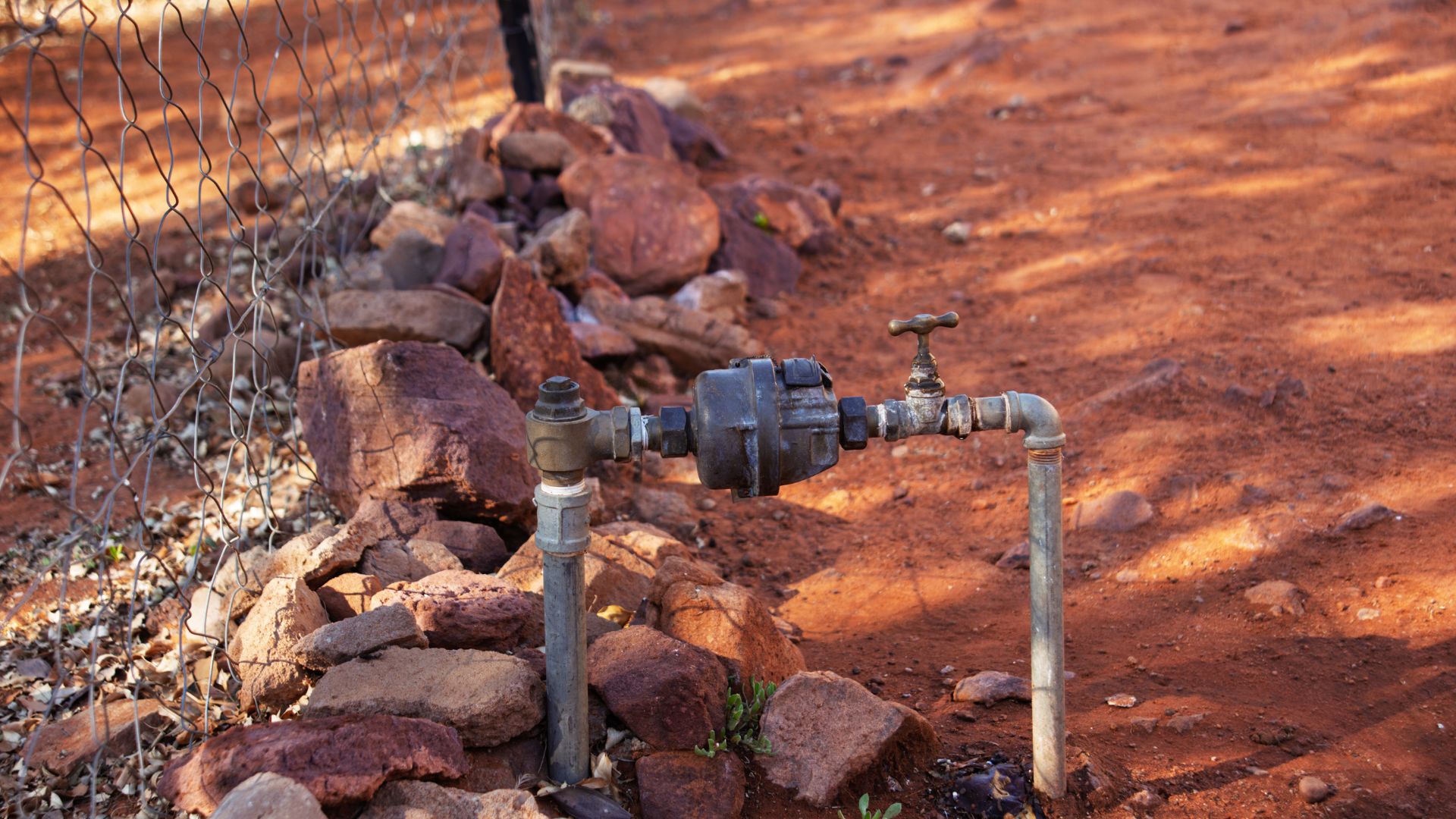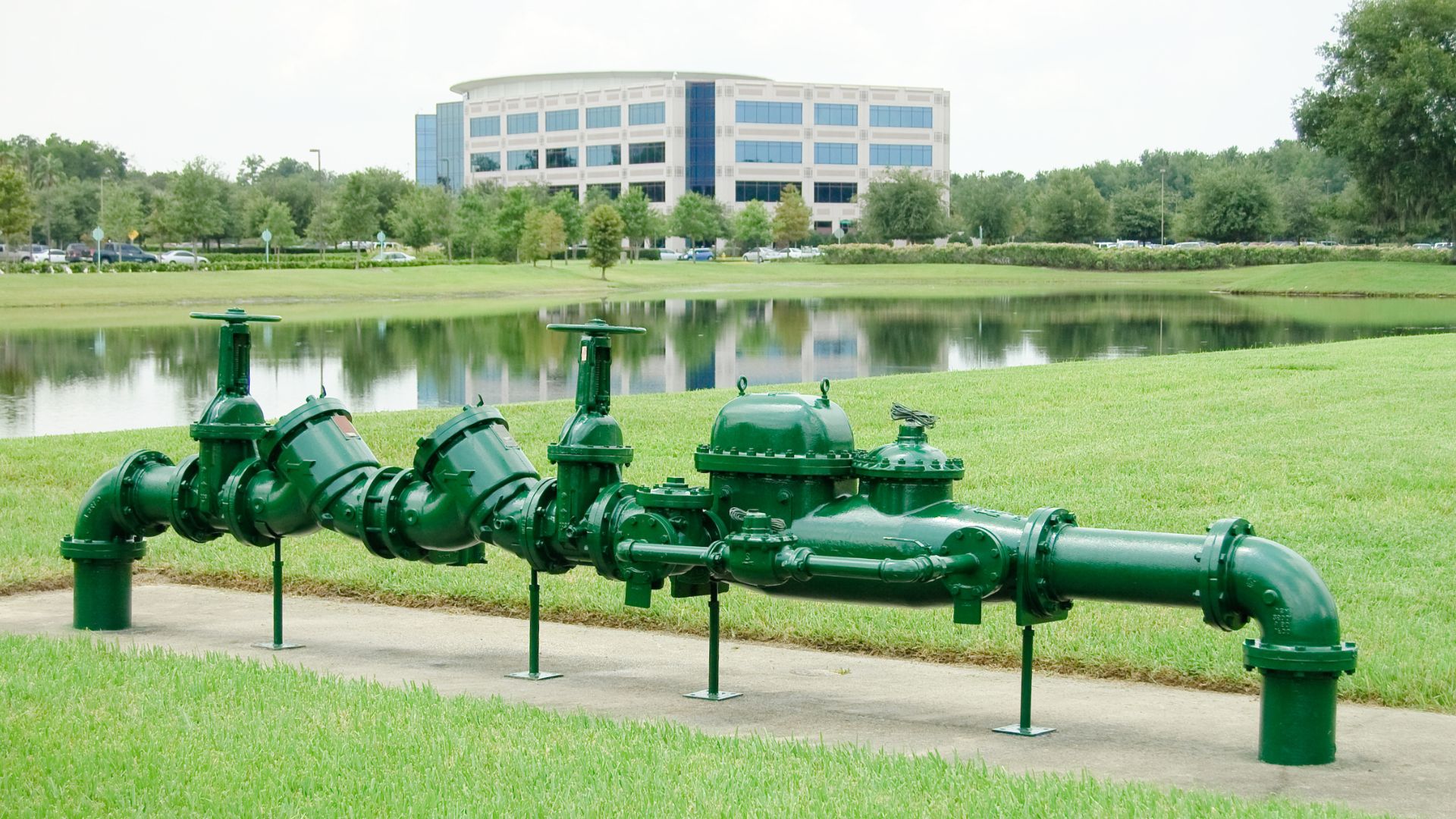Imagine if the water pressure suddenly dropped in an industrial facility—it could cause dangerous chemicals to flow back into the main water supply. This wouldn’t just affect the factory; it could impact the whole community’s drinking water. While this might sound far-fetched, such backflow incidents do happen in Australia, leading to serious and costly consequences.
Backflow occurs when the normal flow of water reverses direction, often due to changes in pressure. In industrial settings, this can mean the unintended mixing of potable water with harmful substances, creating severe health hazards, legal liabilities, and environmental issues. For industrial facilities, preventing backflow isn’t just about avoiding inconvenience—it’s a critical responsibility that helps safeguard public health and avoid hefty regulatory penalties.

In this blog, we’ll delve into effective methods for backflow prevention, specifically tailored for industrial operations. We’ll cover everything from regulatory requirements to practical techniques, helping you safeguard your facility, community, and the environment from backflow dangers.
Comprehensive Guide to Backflow in Industrial Settings
Backflow is the undesirable reversal of water flow in a water supply system, causing non-potable water or other pollutants to enter the potable water supply. In industrial environments, backflow often occurs due to changes in pressure, such as increased pressure in a non-potable system or decreased pressure in the main supply. This can lead to contaminated water entering the drinking water supply, endangering health and causing water contamination.
Back-Siphonage vs Back-Pressure
Backflow can occur through two primary mechanisms: back-siphonage and back-pressure. Back-siphonage is caused by negative pressure in the water system, which can create a vacuum that draws contaminants from a non-potable system, such as irrigation systems or chemical plants, into the potable water supply. For example, a garden hose left submerged in dirty water can cause back-siphonage if the water pressure drops suddenly.
Back-pressure occurs when the pressure in a non-potable system exceeds the pressure in the potable water supply system, forcing contaminants into the drinking water supply. This can happen in industrial processes, such as cooling towers or chemical handling systems, where increased pressure forces contaminants into the plumbing system.
Factors Increasing the Risk of Backflow
Industrial processes, such as chemical handling, water-intensive operations, and swimming pools, significantly increase the risk of backflow. Cross connections between potable and non-potable systems, direct connections to chemical plants, and improperly installed plumbing systems can all lead to backflow incidents. Cross connections, where a direct connection exists between the potable water supply and a potential contaminant source, pose a high hazard to the drinking water supply system.
Industrial facilities must use appropriate backflow prevention devices to prevent backflow. Backflow prevention devices, such as air gaps, reduced pressure zone devices, atmospheric vacuum breakers, and double-check valve assemblies, are critical to ensuring that contaminants do not enter the potable water system.
Air gaps provide maximum protection by creating a physical separation between the potable water and potential contaminants, while reduced pressure zone devices and double-check valve assemblies serve as one-way gates to prevent backflow in the plumbing system.
Regulatory Requirements and Backflow Prevention
In Australia, regulations such as the Victorian Building Authority mandate the installation of backflow prevention devices in industrial facilities to protect the public water supply. Backflow preventers, including testable devices like reduced pressure zone devices and non-testable devices like atmospheric vacuum breakers, are required to prevent contamination of the drinking water supply system. Regular testing, including annual testing of backflow devices, is necessary to ensure that these devices are functioning properly and providing the necessary protection against backflow.
Industrial facilities must implement carefully designed plumbing systems to prevent contamination and protect the public water system. Backflow testing and the installation of appropriate backflow prevention devices are essential to maintain compliance with Australian standards and to protect both the water supply and public health.
Using backflow prevention devices, such as check valves, test cocks, and air gaps, helps to prevent backflow and ensure that the water supply remains safe for all users.
Backflow prevention is not only about compliance but also about safeguarding the integrity of the drinking water supply. By using the correct backflow prevention device, whether it be a reduced pressure zone device, double-check valve assembly or vacuum breaker, industrial facilities can prevent backflow and protect their potable water supply. Ensuring that testable devices undergo regular testing and maintenance is crucial for effective backflow prevention and avoiding water contamination.
Common Backflow Prevention Devices for Industrial Use
Backflow prevention devices are crucial for shielding industrial facilities from contamination risks. Let’s explore some key devices commonly used in industrial setups to keep backflow at bay.
Reduced Pressure Zone (RPZ) Valves
Reduced pressure zone (RPZ) valves are high-hazard backflow prevention devices designed to provide maximum protection for critical applications. These devices have two independently acting check valves and a pressure relief valve located between them.
The reduced pressure zone ensures that any backflow is safely discharged rather than re-entering the potable water supply. RPZ valves are typically installed in industries with high-risk levels, such as chemical plants or manufacturing facilities, where contaminants in the non-potable water system could severely endanger health.
Double Check Valve Assemblies (DCVs)
Double-check valve assemblies (DCVs) are suitable for medium-risk industrial processes. These devices contain two check valves that function as one-way gates, ensuring that water flows only in the desired direction.
DCVs are commonly installed in food processing and mining industries, where the risk level of contaminants is lower compared to high-hazard environments. DCVs are reliable backflow preventers and are ideal for facilities that need a balance of protection and cost-effectiveness.
Air Gaps
Air gaps are simple yet highly effective for preventing backflow, especially in gravity-fed systems. An air gap provides a physical separation between potable and non-potable water systems, offering top-notch protection against cross-connections.
Air gaps are commonly used in industrial facilities such as food processing plants, where maintaining a clean and safe drinking water supply system is crucial. Air gaps are easy to install and provide the most straightforward method to prevent backflow without relying on mechanical devices.
Pressure Vacuum Breakers (PVBs)
Pressure vacuum breakers (PVBs) are atmospheric vacuum breakers designed to prevent backflow by stopping back-siphonage. PVBs are commonly used in specific applications like irrigation systems on industrial sites and other areas prone to pressure fluctuations.
These devices are effective at protecting against contamination in irrigation setups, where back-siphonage could introduce harmful pollutants into the plumbing system. PVBs are installed at a level above the downstream outlet to prevent any contaminants from entering the potable water system.
Factors to Consider When Selecting a Backflow Prevention Device
Selecting an appropriate backflow prevention device for industrial use requires considering several factors, including water pressure levels, facility size, and the risk category of the contaminants involved. High-hazard facilities, such as chemical plants, may require reduced pressure zone devices for maximum protection, while medium-risk environments could use double-check valve assemblies.
Factors like water meter placement, cross-connection potential, and the type of plumbing system also determine which backflow preventer is suitable for the specific application. It is essential to conduct regular backflow testing and maintain the installed backflow prevention devices to ensure ongoing compliance and effective protection of the public water supply.
Installation and Maintenance Best Practices
Proper installation and maintenance are key to making sure backflow prevention devices work effectively. Here are some best practices that industrial facilities should follow.

Installation of Backflow Prevention Devices
The installation of backflow prevention devices, such as air gaps, reduced pressure zone valves, and atmospheric vacuum breakers, requires precise planning to avoid any cross-connection that could lead to contamination. Each backflow prevention device must be installed correctly in connection with the plumbing system to ensure proper functionality. Air gaps, for instance, need to be carefully positioned to provide an effective physical barrier against backflow.
Professional installation is essential to comply with regulations and guarantee that the devices work correctly. High-hazard facilities, such as chemical plants, should ensure that each valve and backflow preventer is installed by certified technicians who understand the complexities of the plumbing system and the risk level associated with the contaminants.
Maintenance and Periodic Testing
Regular testing and maintenance are essential to ensure backflow prevention devices continue to protect the water supply effectively. Backflow testing should be conducted periodically, particularly for devices like reduced pressure zone valves, which may experience wear and tear due to pressure changes. Periodic inspections help identify common challenges, such as debris buildup, valve wear, and pressure irregularities, which can hinder the functionality of the backflow preventer.
Certified technicians should perform maintenance tasks, including replacing worn components or repairing any issues that arise. Working with experienced professionals helps avoid system failures and ensures that each backflow prevention device remains in optimal condition, providing the intended protection for both residential properties and industrial facilities.
Safeguard Your Operations with Reliable Backflow Solutions
Backflow prevention is essential to safeguard industrial operations, employees, and the environment. Ensuring compliance and protecting against potential contamination requires expertise and reliability. Big Blue Plumbing provides timely and professional backflow prevention services tailored to industrial needs. Their team of certified technicians is available for emergency services, addressing urgent backflow issues effectively and ensuring ongoing safety.
Whether you need inspections, installations, or repairs, Big Blue Plumbing provides comprehensive support to meet the unique requirements of industrial facilities. Don’t wait for a costly backflow incident— contact Big Blue Plumbing today for expert advice and immediate assistance.



